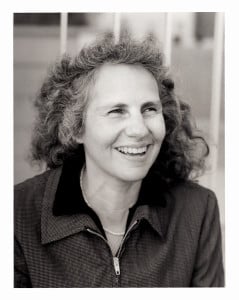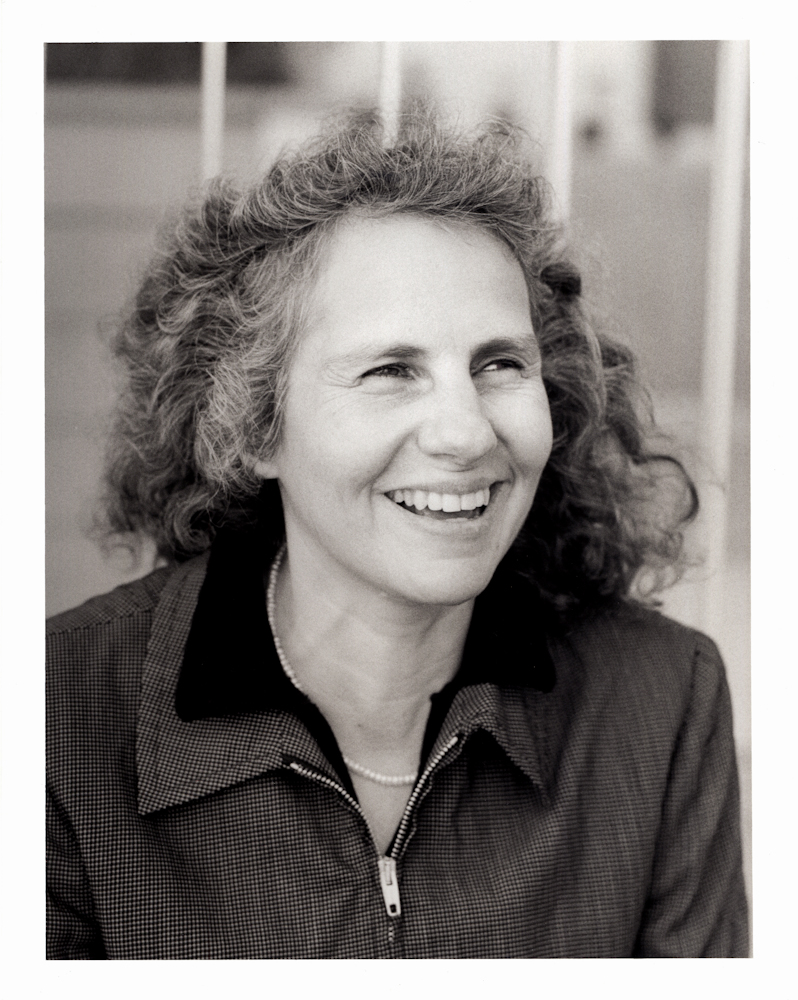
For the past month, writer and journalist Paulina Borsook has been working as an artist-in-residence at Stanford on her new art installation project, “My Life as a Ghost,” which integrates video, performance, sound and other media into a built environment. The project is based on the traumatic brain injury (TBI) she suffered after being shot in the head at the age of 14.
Borsook is the first to join the Stanford Arts Institute’s new Research Residency program and will be on campus working on her project until Nov. 15. She recently sat down with The Daily to discuss her personal history and how this, among other factors, has inspired and shaped her project.
The Stanford Daily (TSD): What is a traumatic brain injury ghost, in your own words? How did your personal experiences help in defining that term?
Paulina Borsook (PB): There just happened to be a notice in [a] Santa Cruz newspaper about this group of people for TBI, and the group reporter had TBI, and she had this whole list of symptoms, and I gasped as I thought, “That looks really familiar.”
So, I went to this group, and everybody told their story. This guy stood up and talked about his TBI, and everything about it was different than mine. Then he turned and looked at the group and said, “I don’t know why I’m still here.” I gasped because that’s what I had felt ever since I was shot in the head. I saw two or three other people in this group of 20 nodding their heads.
So I had this flash. I had thought, ever since I was 14, that the fact that I always go to that place was one more thing that was wrong with me. Now, I find out that that’s neurological, and that it’s a neurological artifact for some people with traumatic brain injury. Something gets dislocated in the sense of knowing that you belong to yourself and your life, and it’s an artifact of the injury.
So you can ask yourself, “I don’t know why I’m still here.” You feel partly elsewhere, and where are you in that partly elsewhere—and what is it to have that fundamental union between self and body—is a little bit disjunctive. To me, that’s what I mean by a ghost.
TSD: When and how did you become inspired to begin this project, and what motivations did you have that helped you through the process?
PB: It kind of came to me in a flash. Simultaneous with that part of me that thought, “Are you insane?”
I knew that this project would be incredibly resource demanding, and I also knew that it was intrinsically collaborative. I’m a writer—I’m not a set designer, I’m not a soundscape designer. I don’t have any of the skills to make this happen, but the vision presented itself and said this is what it has to be.
If you walk through a cathedral—and I don’t care if you’re an observant Christian or not—you get this feeling. It’s just there. So I’m feeling that to evoke a sense of what I call being a ghost, we have to do something that people walk through and they experience it.
The main way that me being good at language comes into this is that I can articulate what I want the project to be. I can give other people directions, and I’ve been able to advocate my project well enough to end up at Stanford in the fall.
TSD: Where do you want to see this project go from here?
PB: The next step is that I have to do a ton of fundraising. Then, I need to find the right cinematographer because what I want to do is find the other TBI ghosts. What I want to do is film them and have them talk about their experience of ghostliness.
Once I have that, then what I would do ideally is find my soundscape designer and find my built environment person—I guess that’s my sculptor or visual artist or something like that. That would be my ideal sequence of things.
TSD: What do you want people to get from this?
PB: What I hope is that it will evoke what this very strange “what happens when the soul is blasted out of the body and is incompletely returned” is.
I’m trying to focus on that which has been lost in all of these discussions—which is the inter-life, the subjective, the sense of self—and I’m trying to evoke that for others, which is a tricky deal. I hope it will be a little spooky, a little disturbing, a little bit beautiful. If it’s those three things, then the project will have succeeded.
Contact Angelique Dakkak at angeldak ‘at’ stanford.edu.
